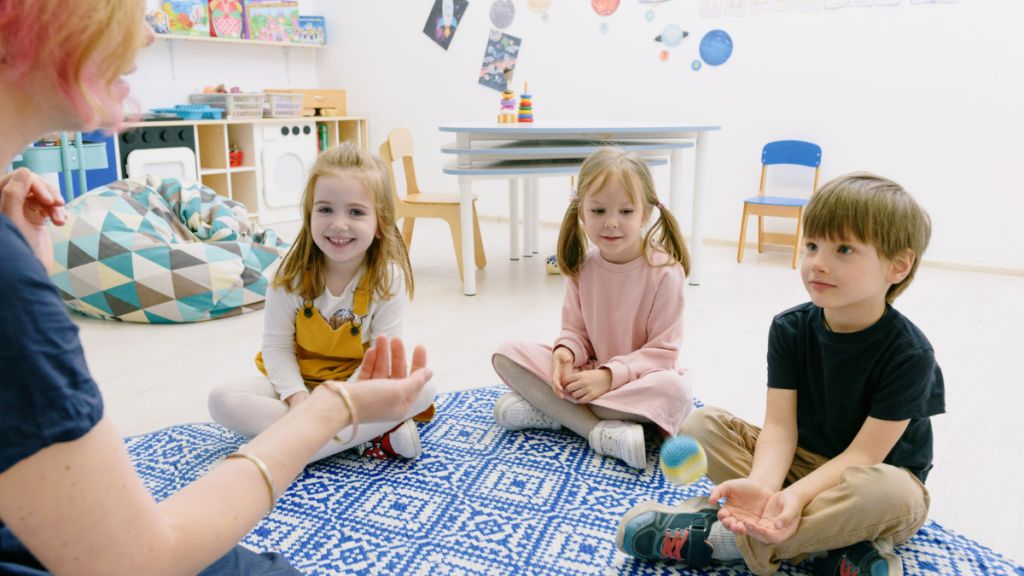
Websites and brochures can give you an initial feel for a setting but the only way to really know if a nursery is right for your child is to visit, so you can absorb the culture and ethos. Receiving (and making) a good first impression is vital; if you can sense a welcoming atmosphere, so will your child when it is time for them to start.
If you can, visit the nursery by yourself first so you don’t get distracted, and take your time and ask questions.Bring your child with you on your second visit, and try to schedule your trip for a different time of day, so you can see how the atmosphere differs. Discover all the things to think about for when your child starts nursery below.
Ask yourself: is the nursery an enabling environment? The resources should be plentiful, clean and available for independent access, so the children can choose their own activities, which in turn helps them become more confident in their learning.
Look to see whether the activities set out in the room are challenging and exciting, too. The outside areas should be safe and look like they’re used regularly, as it’s important that outdoor play is incorporated into the nursery’s daily routine.
The room, too, should be warm and inviting, bright and colourful, with interesting and informative children’s work displayed on the walls. All facilities should support safe and independent access, and be enticing, so you can feel assured that your child will be learning in a safe environment.
Are there positive relationships between children and staff? The children should be happy and engaged in their play and learning, and staff should be welcoming, happy, calm and confident.
Strong and positive relationships will ensure your child feels content, safe and willing to make mistakes, and staff should also be professional and dressed for the job they perform. Look at how they interact with the children – you want your child’s educators to be focused on the children and their learning at their level, rather than standing over them.
It’s also vital that the nursery views parents as partners, so ask if the setting encourages parental involvement. This could come down to how they communicate with you on a daily basis, perhaps via a diary that goes home with the child each day, or more formally through parents’ evenings. Make sure your knowledge and input are considered; you should be able to communicate with staff in an open and easy manner.
Planning is an important part of Early Years education, and the key to a successful nursery. Ask to see the nursery’s weekly schedule, which should be readily available to you, and look exciting, comprehensive, and have a stimulating variety of activities.
Most crucially, the children’s interests should be at the heart of it, and should incorporate the seven areas of Early Years Foundation stages: personal, social and emotional development; communication and language; physical development; literacy; mathematics; understanding the world; expressive arts and design.
Mealtimes are a big part of your child’s daily routine, so be sure to ask what’s on the menu, and how snacks and lunch are incorporated into the nursery’s timetable. Meals should be a fun continuation of the setting’s ethos, as well as an opportunity to learn, and children should feel relaxed.
They should be able to help themselves to drinks and snacks, and the nursery should also support their dietary and allergy requirements. Freshly prepared nutritious food is essential, too.
Other key questions can include the staff-to-children ratio, and the experience the staff have as a team. That said, parents often say that they simply just know when a nursery is right for their child; it’s a feeling they get as soon as they walk through the door.
They instantly notice the way the staff interact with each other, and the honest and open way they communicate. They recognize a setting guided by what’s best for the children in their care, and know that their own child will see it, feel it, and respond in kind.
© 2023 All rights reserved Baby & Toddler - part of parent promotions